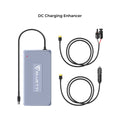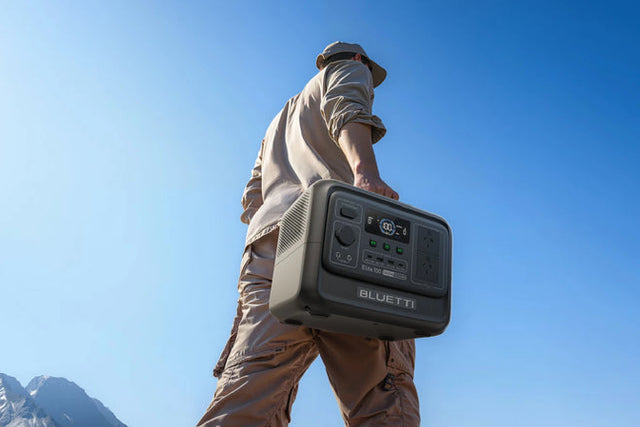Do you often think about watts when trying to find the best appliances for your home or business? If yes, then you need to understand every term related to electricity, such as volts, amps, and watts, to make an informed decision.
Also, it gives you knowledge of how electric devices operate and how your utility bill is calculated. Do you get confused between Volts, Amps, and Watts values written on appliances? If yes, then in this article, we will explain these current related terms in detail.
Take a look!
What are Volts, Amps, and Watts
For people who want to understand how to calculate utility bills or how to compare them, the three terms – watts, volts, and amps play an important role. All these three terms are often used for electric appliances, electricity bills, power consumption, etc. But, most people are not aware of their definitions and the relation between them. So, let's understand everything about volts, amps, and watts!
What is Watt?
One term that you are most familiar with is watt. It is because, for years, you have been buying electricity bulbs for homes in watts such as 3-watt, 6-watt, 30-watt, etc. And you also know that the more the watts, the more the light or brightness of the bulb. But, have you ever wondered why?
Watt which is also known as wattage, is the power an electric appliance, such as a bulb, fan, fridge, oven, etc., consumes. In other words, it is defined as the "electricity at work" or the power it takes to run a device. In mathematical terms, watts are equal to the multiplication of amps and volts.
Mathematical formula: Watts = Amps × Volts
For instance, if an electric device uses 20 amps and 240 volts, the wattage will be Watts = 20 amps × 240 volts = 4800W. Therefore, the higher the wattage, the more the power of the appliance.
This is the reason why you should invest in low-watt LED lights to save on utility bills while using the optimal light for reading, writing, or watching TV.
What is Volts?

Voltage is the rate of flow of electricity flows through a system. It is the measurement of electric potential at which electricity flows from one point to another. Mathematically, Volts = Watts/Amps. For example, if you wish to calculate the volts of something with a wattage of 100W and amps of 2A, you can use the volt formula.
Volts = 100W/2A = 50V
In Australia, the power from the grid is delivered to homes at different voltages for single-phase and three-phase connections. That's because different home appliances operate at different voltages. Large appliances like air conditioning units, clothes dryers, washing machines, etc., operate at high volts, while most other devices like light bulbs, TVs, laptops and cell phones need low volts.
What is Amps?
An amp is the short form of an ampere, which is a unit of measure for electrical current. In mathematical terms, Amps = Watts / Volts. If you have the watts and volts of an appliance, you can easily calculate its amps. For example, if the watts and volts of an electric device are 1200W and 120V, respectively, the amps value will be: Amps = 1200W / 120V = 10A.
The larger the amperage, the more electricity can flow through the circuit. If the current exceeds the amperage in the circuit, the breaker will trip to help protect your home or office.
Is Amps, Watts, Or Volts More Important In Electrical Appliances?
The power sources such as generators and inverters come with power ratings in watts. The electrical wiring is rated by the amps or current it can carry. Power is either AC or DC. AC comes from power stations or energy companies, and DC comes from solar panels, batteries, AC converters, etc. If we talk about generators, they can produce both AC and DC current and you can buy them as per your need or consumption.

Current can vary depending upon the device type and load on the appliance. So, when you are in the market to buy an electric appliance for your home, make sure it has a voltage label and either or both power and current labels.
The relationship between power, voltage and current can be expressed as Power = voltage x current. If you know the voltage and current of the device, you can calculate power easily. The result is in watts of power. So, you can use this formula to know how much power you need to run your appliances. For multiple appliances, add the current or power of each to get the maximum power or current needed. Make sure all units are the same.
Let's understand by example!
Say, you have four 120-volt appliances. Their current labels are 1 amp, 2 amps, 5 amps, and 10 amps respectively. The total current would be 1 + 2 + 5 + 10 = 18 amps. From this, power will be 120 x 18 = 2160 watts.
Two 220-volt appliances have power of 100 watts and 300 watts. The Total power will be 100 + 300 = 400 watts. To find current, divide power by voltage: 400/220 = 1.81 amps.
If you have the same volt but for some, you know the power and for some, you know the watts, then you need to convert them to the same unit, either power or watts. Using formulas. So, in this way, you are able to find the power you need for all your appliances.
When Are High Watts Better?
Watts is directly proportional to power and high wattage means more power while low wattage means less power. This is the reason why most people want to buy appliances with low wattage ratings, as it will consume less power. But, if you are in the market to buy a cloth dryer or other heating element, then high wattage is good. The higher the wattage, the hotter the heater. But, keep in mind that the high-wattage appliances can also cause a circuit overload and trip the fuse. It is better to choose appliances based on your meter load and requirements.
Also, using high watts can increase your utility bill. Already electricity prices are rising in Australia, and using heavy-load appliances can make a hole in your pocket. So, should you stop using them? The answer is no. Because you can not stop using all heavy-watt appliances as they are part of our daily needs. But, by switching energy providers or by opting for solar energy, you can reduce your utility bill.
How solar power can help reduce utility bills?

When you install solar panels such as BLUETTI EP760+2*B500 to generate electricity for your home, it reduces your dependency on grip therefore reducing utility bills. You can save money on energy bills or can make it zero by installing more solar panels for all your energy needs. You can even get a rebate for using solar power from the government. Moreover, you can sell the excess power generated by solar panels to energy providers and get paid for it. We can say that over time, solar panels or solar power offer long-term savings as they have low operating costs and protect against future utility rate increases.
Are you looking for the reliable and best solar power providers in Australia? If yes, then BLUETTI can be a good option for you. You can shop for a variety of solar panels, solar batteries, and solar kits from BLUETTI at affordable prices.

In addition, BLUETTI EB55 + solar panels are also great solar kits for people who often travel to remote areas. Also, you can use it to generate electricity for solar farms and small houses. This compact and lightweight BLUETTI EB55 is perfect to use in a campervan. With a capacity of 537Wh and a built-in 700W (surge 1400W) strong inverter, EB55 could run most of your essential outdoor appliances and electronics such as mobile phones, mini freezers, radios, projectors and more.
Final Thoughts
Understanding how amps, volts, and watts are related can help you make wise decisions in buying any electrical appliance. Now you know that volts represent the electrical potential difference, amps measure the rate of flow of electric current, and watts tell the power consumption. So, keep these things in mind when buying any fridge, heating system, and other devices for your home or business. This knowledge can be crucial, especially if you are looking to use solar energy. To understand the number of solar panels required for your area, you need to find out the total power consumption. For this, you should have knowledge about how to calculate the electric power from volts and current written on appliances.












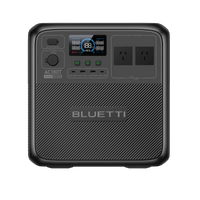












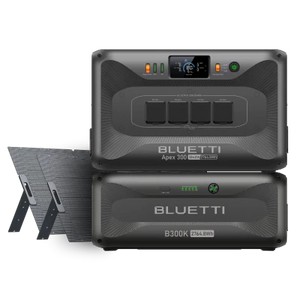





















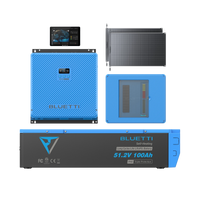





















![[Phased Out] BLUETTI B80P Expansion Battery | 806Wh](http://www.bluettipower.com.au/cdn/shop/files/202310025B80P_2000-2000px_4_4caa0c1c-4dab-4272-9e9b-2b7507e5bd81.jpg?v=1713777870&width=200)
![[Phased Out] BLUETTI B210P Expansion Battery | 2,150Wh](http://www.bluettipower.com.au/cdn/shop/files/2_08cf9ef3-03a4-4489-b641-d3edb8094896.webp?v=1716016566&width=200)
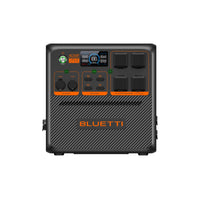


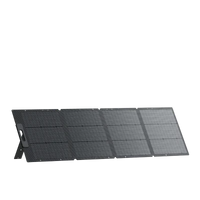


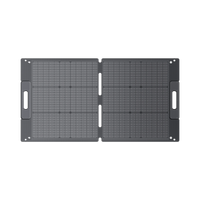





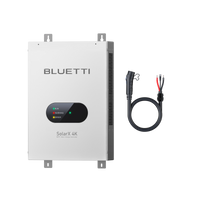






















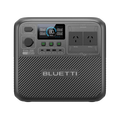

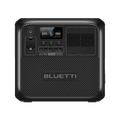






























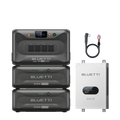



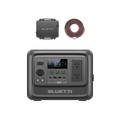





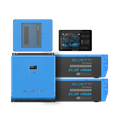














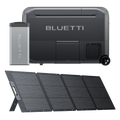




















![[Phased Out] BLUETTI B80P Expansion Battery | 806Wh](http://www.bluettipower.com.au/cdn/shop/files/202310025B80P_2000-2000px_4_4caa0c1c-4dab-4272-9e9b-2b7507e5bd81.jpg?v=1713777870&width=120)
![[Phased Out] BLUETTI B210P Expansion Battery | 2,150Wh](http://www.bluettipower.com.au/cdn/shop/files/2_08cf9ef3-03a4-4489-b641-d3edb8094896.webp?v=1716016566&width=120)


















